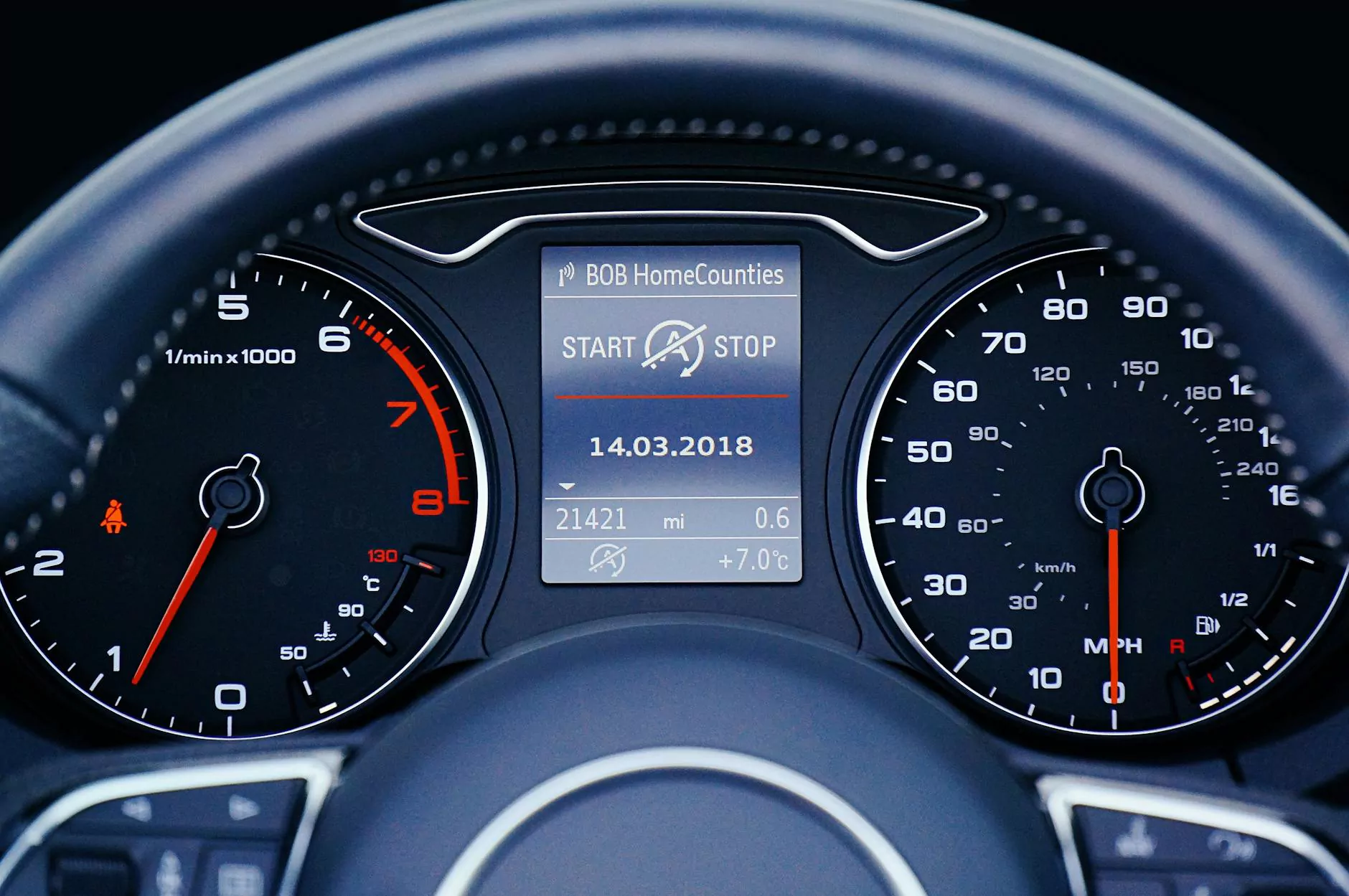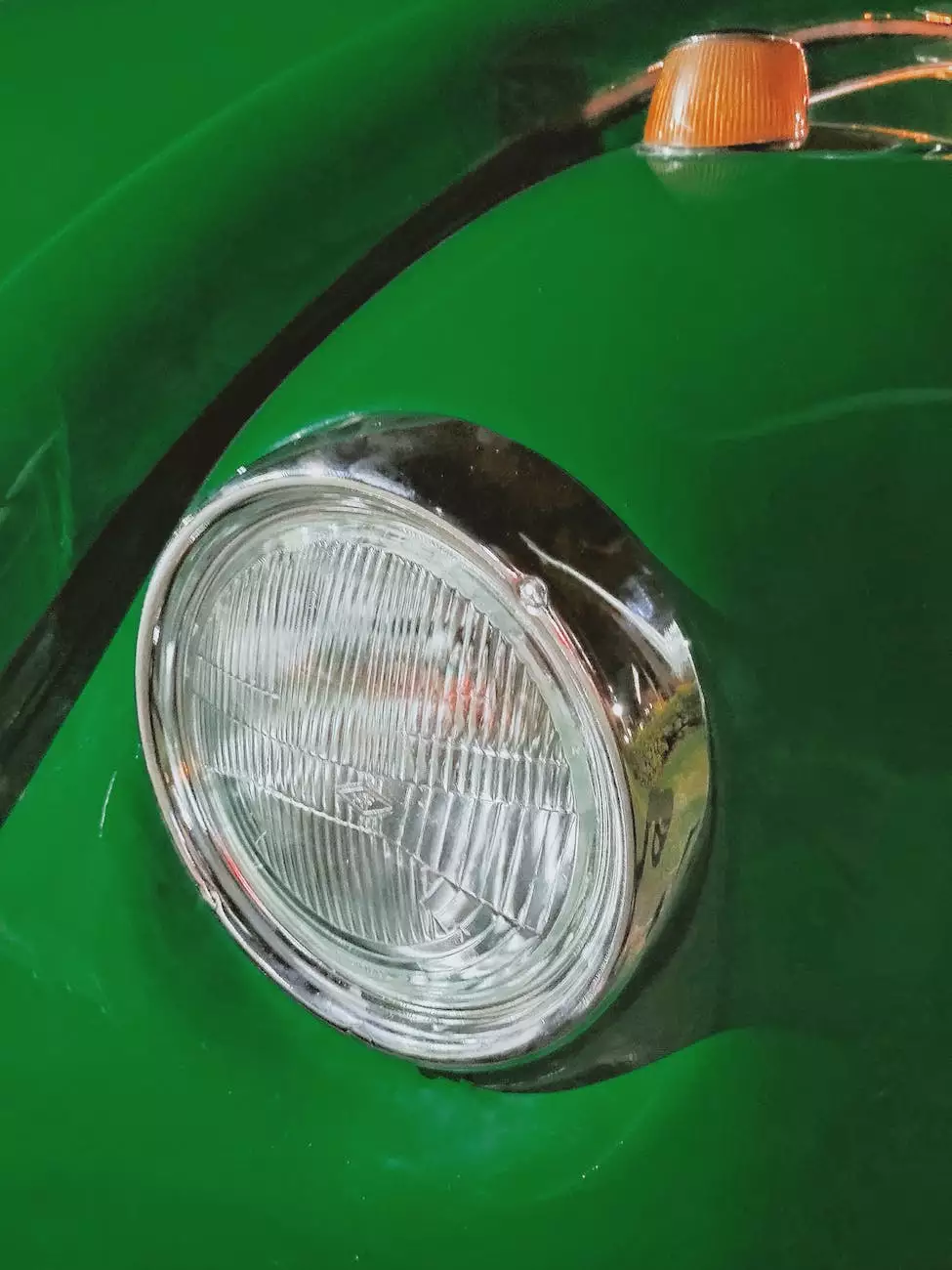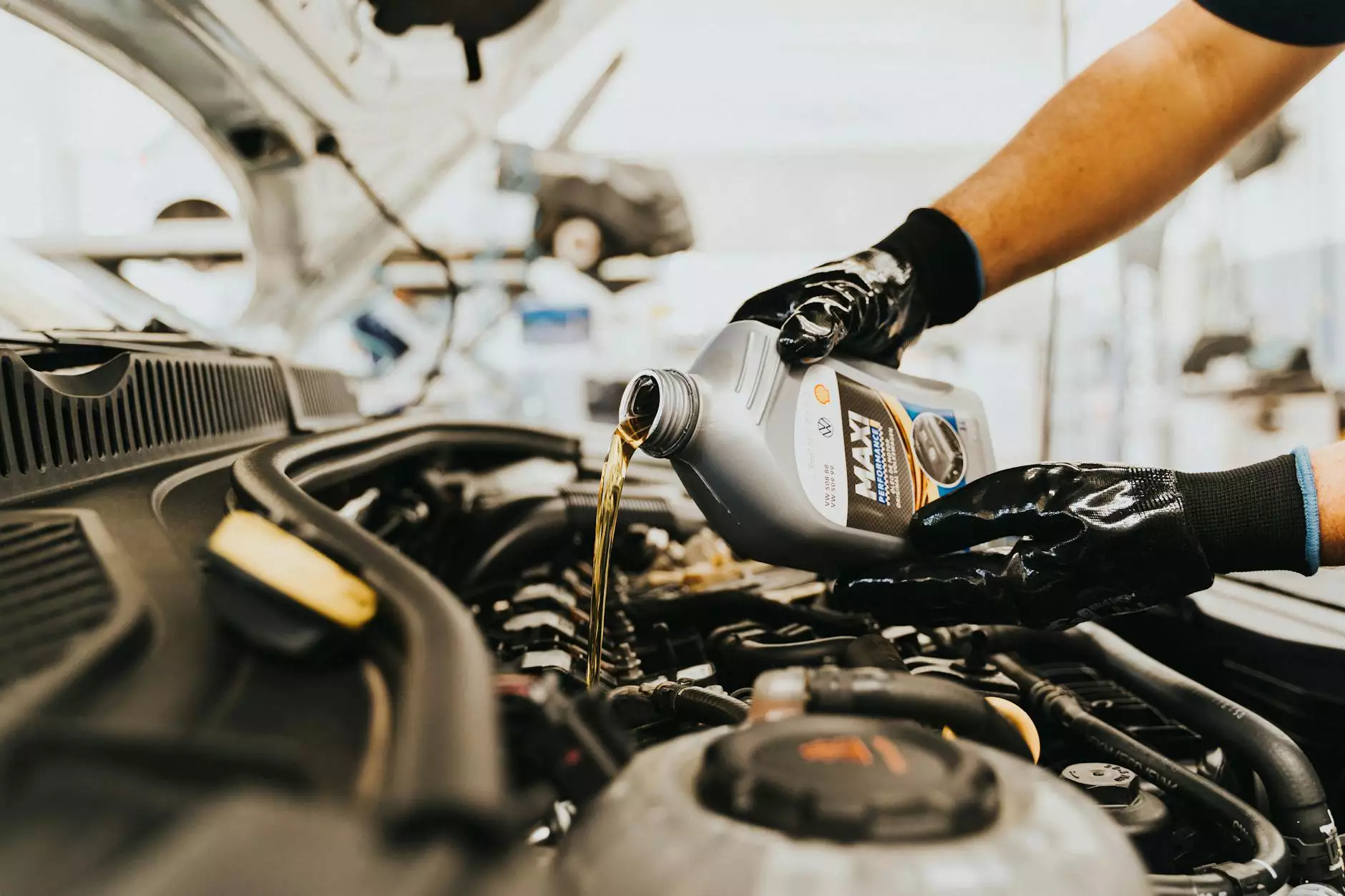How to Use Kent's New Instrument Cluster Removal Tools
Chassis
Welcome to Grafco Electric's detailed guide on how to effectively use Kent's new instrument cluster removal tools. Our step-by-step instructions and expert tips will help you confidently and efficiently remove instrument clusters from various vehicles. With our knowledge and experience, you'll be able to navigate through the process seamlessly.
Why Choose Kent's New Instrument Cluster Removal Tools?
Kent's new instrument cluster removal tools are engineered with precision and durability in mind. Made from high-quality materials, these tools provide the necessary leverage and functionality required to safely remove instrument clusters without causing any damage. They are specifically designed to fit a wide range of vehicle models, making them a versatile choice for professionals and DIY enthusiasts alike.
The Importance of Proper Instrument Cluster Removal
Removing an instrument cluster is a delicate process that requires careful attention to detail. Whether you're replacing a faulty instrument cluster, upgrading to a new one, or conducting repairs, it's crucial to follow the correct procedure to prevent unnecessary damage. Using Kent's new instrument cluster removal tools ensures a secure grip and controlled removal, minimizing the risk of scratches, broken clips, or other potential issues.
A Step-by-Step Guide to Using Kent's Instrument Cluster Removal Tools
Before you start the removal process, gather the necessary tools: Kent's instrument cluster removal kit, a small flathead screwdriver, and a microfiber cloth.
Step 1: Prepare the Workspace
Start by parking your vehicle on a level surface and turning off the ignition. Disconnect the battery to prevent accidental electrical damage during the removal process. Place the microfiber cloth over the dashboard to protect it from any accidental scratches.
Step 2: Identify the Instrument Cluster
Locate the instrument cluster you want to remove. It is usually positioned behind the steering wheel, within the dashboard panel. Take a moment to familiarize yourself with its layout and the retaining clips or screws holding it in place.
Step 3: Use Kent's Instrument Cluster Removal Tools
Pick the appropriate tool from Kent's instrument cluster removal kit based on the type of retaining clips or screws used in your vehicle's cluster. These tools come in different sizes and shapes to accommodate various models, ensuring a snug fit. Insert the tool firmly into the designated slots or notches surrounding the cluster.
Apply gentle but firm pressure to the tool, ensuring that it engages with the clips or screws. Make sure not to use excessive force to avoid damaging the instrument cluster or the surrounding dashboard components.
Step 4: Pry and Release the Instrument Cluster
Once the tool is securely in place, gently pry the instrument cluster away from the dashboard, using controlled and even pressure. Be mindful of any retaining clips, screws, or wiring harnesses still connected to the cluster. Slowly work around the edges, releasing all the clips or screws until the cluster is free from its mounting.
Step 5: Disconnect Any Wiring Harnesses
If your instrument cluster is connected via wiring harnesses, carefully disconnect them by releasing the latches or secure connectors. Take note of their positions or take pictures to ensure proper reconnection during installation or repair.
Step 6: Protect and Store the Removed Cluster
Once the instrument cluster is detached, place it on a soft surface, such as the microfiber cloth, to prevent any scratches or damage. This step is essential, especially if you plan on reinstalling the same cluster later on.
Step 7: Complete the Removal Process
Inspect the area from which you removed the instrument cluster, ensuring that no leftover clips or screws are still in place. Clean the space using the microfiber cloth to remove any dust, dirt, or debris. This step guarantees a clean surface for the installation of a new cluster or the reinstallation of the original one.
Step 8: Reassemble and Reconnect
If you're replacing the instrument cluster or conducting repairs, follow the manufacturer's instructions for installation. Reconnect any wiring harnesses, ensuring a secure and snug fit. Carefully position the cluster back into its designated spot and align the clips or screws to their respective openings.
Apply gentle pressure to the cluster until you hear or feel them engage. Avoid using excessive force, as it may cause damage. Once in place, give the cluster a gentle tug to ensure it is secure before proceeding with reassembling the remaining dashboard components.
Step 9: Test and Verify
Before securing all the dashboard components, reconnect the battery and turn on the ignition to test the functionality of the newly installed or repaired instrument cluster. Verify if all the gauges, lights, and indicators are working correctly. Take note of any issues or discrepancies for further troubleshooting or adjustment.
Conclusion
Congratulations! You have successfully learned how to use Kent's new instrument cluster removal tools. By following our comprehensive guide, you can confidently and efficiently remove instrument clusters from various vehicle models without causing any damage. Grafco Electric is dedicated to providing you with the best tools and resources to simplify your automotive processes. Should you encounter any difficulties or have specific questions, don't hesitate to reach out to our knowledgeable team of professionals.









